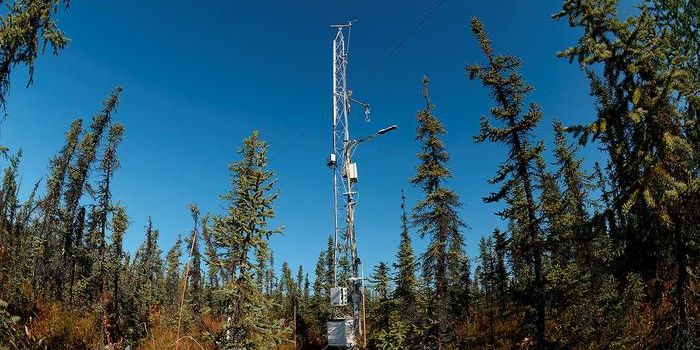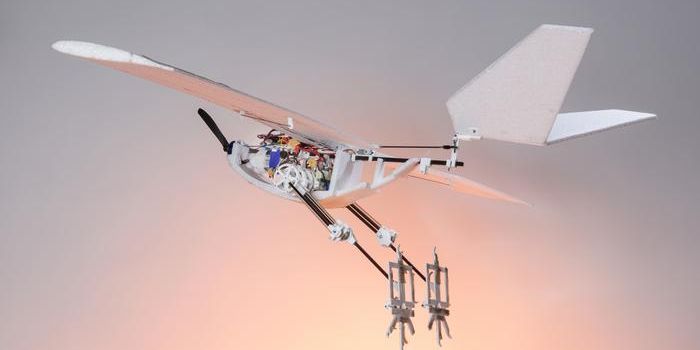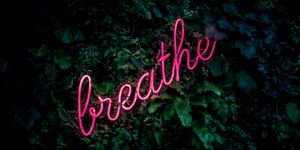How can beer yeast help reduce heavy metal contamination in water?
Beer is a fantastic way to bring people of all backgrounds together, whether for a night on the town or watching sports. It’s an excuse to unwind after a long day or working. While too beer consumption can be risky for one’s health, overall, a beer every now and again is a great way to celebrate anything. When it comes to brewing beer, yeast, which is actually a living organism, a unicellular fungi, to be more precise, plays a very important role. Yeast is added to the fermentation process to eat up the sugar and creates alcohol, carbonation, and other compounds (esters, phenols, etc.) that gives beer its particular flavor. But did you know that beer yeast can actually help the environment?
In a recent study published in the journal Nature Communications Earth and Environment, researchers at MIT's Center for Bits and Atoms (CBA) have found that inactive yeast could be effective as an inexpensive, abundant, and simple material for removing lead contamination from drinking water supplies. The study shows that this approach can be efficient and economic, even down to part-per-billion levels of contamination. Serious damage to human health is known to occur even at these low levels.
The method is so efficient that the team has calculated that waste yeast discarded from a single brewery in Boston would enough to treat the city's entire water supply. Such a fully sustainable system would not only purify the water but also divert what would otherwise be a waste stream needing disposal.
Lead and other heavy metals in water are a significant global problem that continues to grow because of electronic waste and discharges from mining operations. In the U.S. alone, more than 12,000 miles of waterways are impacted by acidic mine-drainage-water rich in heavy metals, the country's leading source of water pollution. And unlike organic pollutants, most of which can be eventually broken down, heavy metals don't biodegrade, but persist indefinitely and bioaccumulate. They are either impossible or very expensive to completely remove by conventional methods such as chemical precipitation or membrane filtration.
"We don't just need to minimize the existence of lead; we need to eliminate it in drinking water," says MIT Research Scientist Stathatou, and lead author of the study. "And the fact is that the conventional treatment processes are not doing this effectively when the initial concentrations they have to remove are low, in the parts-per-billion scale and below. They either fail to completely remove these trace amounts, or in order to do so they consume a lot of energy and they produce toxic byproducts."
The team studied the use of a type of yeast widely used in brewing and in industrial processes, called S. cerevisiae, on pure water spiked with trace amounts of lead. They demonstrated that a single gram of the inactive, dried yeast cells can remove up to 12 milligrams of lead in aqueous solutions with initial lead concentrations below 1 part per million. They also showed that the process is very rapid, taking less than five minutes to complete.
Stathatou has estimated that to clean a water supply for a city the size of Boston, which uses about 200 million gallons a day, would require about 20 tons of yeast per day, or about 7,000 tons per year. By comparison, one single brewery, the Boston Beer Company, generates 20,000 tons a year of surplus yeast that is no longer useful for fermentation.
Devising a practical system for processing the water and retrieving the yeast, which could then be separated from the lead for reuse, is the next stage of the team's research, they say.
As always, keep doing science & keep looking up!
Sources: Mayo Clinic, Allagash Brewing Company, Nature Communications Earth and Environment









